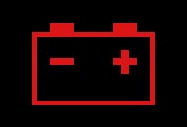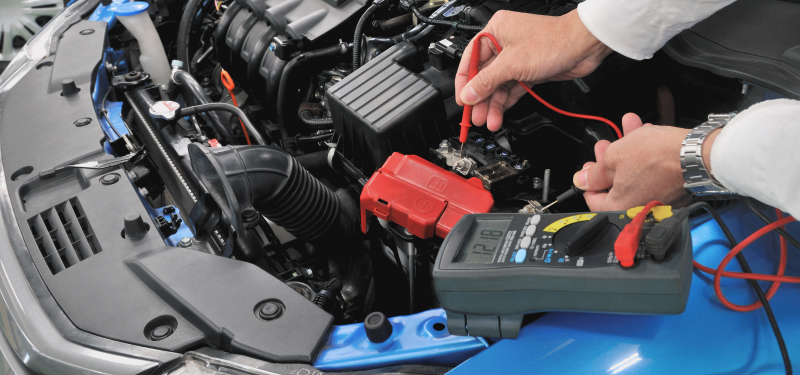What does it mean when your battery light comes on?

If you’re cruising down Te Rapa Road or crawling through that usual morning mess on Peachgrove Road, and that little red battery light flicks on your dash, don’t panic—but don’t ignore it either. We get this question in the workshop at least a few times every week, whether it’s a Toyota Hilux, Honda Fit, old Subaru Outback, or even someone’s imported Toyota Crown from Cambridge or Ngāruawāhia.
The battery isn’t just there to start your car—it keeps your radio, heater, demisters, and those heated seats running through all those chilly Hamilton winter mornings. The alternator’s job is to keep it topped up while you’re driving, which is why the battery light is more about your charging system as a whole, not just the battery itself.
Why does the battery light switch itself on?
The battery light’s not there for decoration. Usually, when it pops up, something’s up in the charging system. Here’s what we see in the workshop, just about daily:
- Alternator drama: Pretty common in Mazdas and Euros like Volkswagens floating around Rototuna. The alternator recharges your battery as you drive, so if it’s buggered, your battery’s not gonna last long.
- Loose or worn belts: Think about all those stops at traffic lights in Frankton, or speed bumps on Massey Street. If the belt driving your alternator’s worn or loose, it won’t spin properly—no charge, no power.
- Dodgy wiring: Occasional, but happens—especially after a botched DIY radio install. Damaged or corroded wiring means the current can’t flow, so the warning light comes on.
- Voltage regulator faults: This bit controls how much juice flows to the battery. If it’s cooked, you might overcharge or undercharge your battery. Seen this on a few Suzuki Swifts and hybrid repairs lately.
- Tired battery: Might not directly trigger the light, but a battery past it can put stress on everything else, especially with all our short hops from Glenview to Chartwell.
- Corroded battery terminals: Seen heaps of this, especially in older Asian imports. White or green gunk on the terminals means lousy connections—easy fix, but it’ll set off the light if ignored.
How serious is it if that light’s glowing?
Basically, if you see that light, get it checked ASAP. Around Hamilton, especially with all the stop-start traffic, potholes in Melville, dodgy roundabouts, and those sudden downpours, it’s easy for a car to go from “all good” to “won’t start” fast. If you ignore it, you’ll only get so far—maybe as far as The Base, then you’re stuck. More gadgets you use (think headlights, heater fans, phone chargers), the faster you’ll run out of juice and possibly end up stranded on Avalon Drive.
What should you do if it pops on while driving?
Alright, if you’re driving along, maybe coming back from Morrinsville or down Cobham Drive, and your battery light comes on, here’s what you’d want to do:
- Find a safe spot to pull over—don’t leave it till you’re in a tricky spot, like near Uni traffic.
- Switch off anything you don’t need: Lights, A/C, heated seats, electric windows—save that battery power for essentials.
- Pop the bonnet and eyeball the battery: Are the terminals crusty or loose? Sometimes a quick wiggle is all you need. Just remember to turn the engine off first.
- Try restarting: If the light’s still on after checking connections, probably best to call us rather than risk a flat-out breakdown.
- Don’t push your luck: If that light stays on, skip the long trips to Raglan or Huntly. You’ll only get so far without charging, and being stuck in the rain in Tamahere isn’t much fun for anyone.
Battery Light On? Get Your Car Checked at Grimmer Motors Hamilton
We see battery warning lights on everything from old Peugeot SUVs to near new Suzuki Vitaras, so don’t worry—you’re not alone! At Grimmer Motors, our techs have the gear and know-how to figure out exactly what’s wrong. Whether it’s an alternator replacement, new battery, fixing some dodgy wiring, or something out of the ordinary, we’ll let you know what’s up before touching anything.
Need a quick, honest battery light inspection or car service Hamilton? WOF Hamilton due soon? Give us a bell or swing by the workshop. We’re always keen to get folks safely back on the road—rain, fog, or shine.

